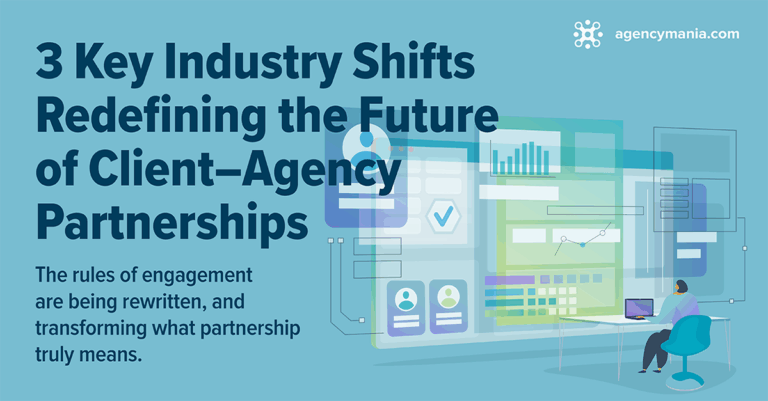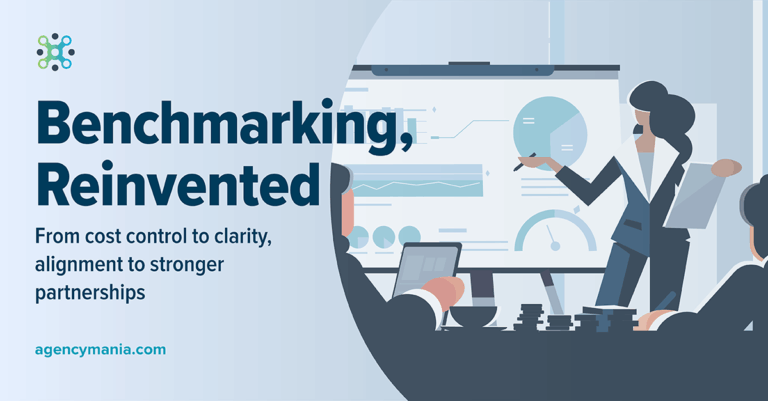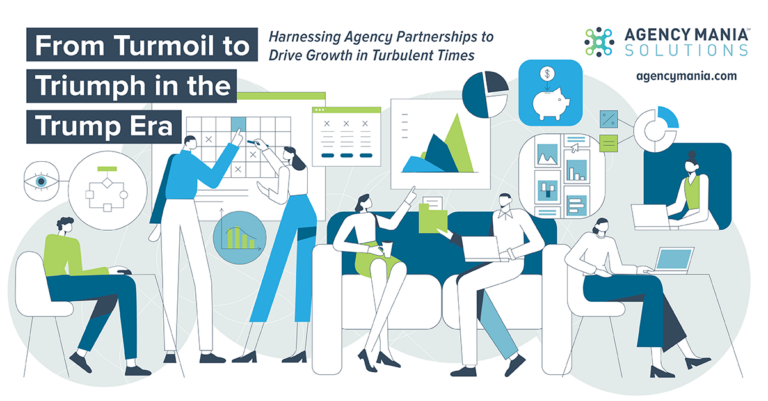The Right KPIs to Manage Agency Partners:
When the concept of dashboards was introduced, it mostly served to protect vehicle occupants from debris thrown or “dashed up,” by the horses’ hooves in front of the carriage, and when cars came on the scene, protection from the heat and oil of the engine. In other words, the initial dashboard was essentially a shield.
Fast forward to today’s modern world; advertisers’ dashboards are now modern instrument panels, made of essential Key Performance Indicators (KPIs) that allows key decision makers to monitor progress against key objectives. In some ways, decision makers use dashboards to shield themselves from the ineffective use of valuable company resources. Some of these valuable marketing resources are agency partnerships. Having the right agency KPIs in place allows brands to turn them into high-performance partnerships which keep paying dividends over time. Having the wrong agency KPIs could lead to unknown operational inefficiencies or resource allocations, suboptimal performance or work quality, lack of financial rigor, poor insight, and bad or even delayed decision making.
Having the right KPIs in place.
The purpose of KPIs is to prioritize the few indicators that are most “indicative” of past, current, and future performance, and that are actionable. Advertisers must choose the few, most relevant KPIs and avoid the risk of having to rely on a vast, confusing set of data points that end up overwhelming their teams or hamper effective decisions across the entire organization.

The nature of client/agency relationships is vast and ever-changing. Naturally, agency KPIs cover many operational aspects, from planning, scope management, and briefing to fee negotiations, performance evaluation, financial reconciliation, and more. Agency KPIs are commonly organized around several strategic leadership questions, which surface during planning and throughout the course of the year:
During planning – here are questions marketing leaders often ask themselves:
- Is our full set of requirements aligned with our budget commitments? Are we providing adequate direction and guidance to ensure resource alignments?
- Are we right sizing our investment (not over-spending but also not undercutting our ability to execute) so we operate effectively and efficiently?
- Are expectations clearly communicated and understood? And are we fully committed on both sides to a productive partnership?
Throughout the year – here are questions marketing leaders often ask themselves:
- Are we on plan to execute (on budget, on time) to meet our objectives?
- Are we fully utilizing the resources we secured with our agencies?
- Are we quickly redeploying resources that are no longer needed or are underutilized?
- Are we behaving as an organization in a way that fosters better, more effective output?
Agency KPI examples.
There are many types of KPIs ranging from operational readiness, efficiency and productivity, work effectiveness and quality, and agency performance, as well as financial management. Actual KPIs vary to reflect each brand’s unique organizational priorities, agency model, and reporting capabilities. Here are some illustrative examples of common agency KPIs:
- Operational readiness
- Percentage of SOW completion and approvals
- Open FTE ratio
- Percentage of triple-bid projects
- Efficiency and productivity
- Percentage of projects started but cancelled
- Work revisions ratio compared to benchmark/target
- Number of FTEs per deliverable
- Work effectiveness and quality
- Actual-to-target/budget ratio
- Work quality assessment score
- On-time delivery ratio
- Agency performance
- Client qualitative assessment score
- Agency qualitative assessment score
- Cross-agency collaboration score
- Financial management
- Burn rate actual-to-target ratio
- Production savings
- On-budget ratio
The ability to track performance against these KPIs is heavily dependent on having a standardized taxonomy, clear KPI definitions, and a well-orchestrated data collection process, as well as a robust dashboard solution to facilitate distribution and the streamlined access to these timely reports. Only truly actionable KPIs should be used.
Before odometers, speed limits didn’t matter.
There was a time when odometers didn’t exist. Because we didn’t measure it, knowing one’s speed didn’t have any meaningful purpose for drivers beyond commonsense safety. Once introduced as a factor to safely operate a vehicle, this indicator ultimately allowed us to stipulate speed limits and increase visibility and self-monitoring. Speed limits provided a simple way to monitor if people were complying with the rules. Similarly, until they set up agency KPIs, brand advertisers were lacking the ability to monitor performance, set targets, and immediately act when these targets were not met. Agency KPIs are now commonly used by brand advertisers as part of their overall management system and marketing KPIs. These agency KPIs foster mutual transparency and accountability between clients and their agencies. Both are essential partnership attributes these days.
By: Bruno Gralpois, Co-Founder & Principal
Download a print-friendly version here
4/20/20
Also seen on 4A’s








